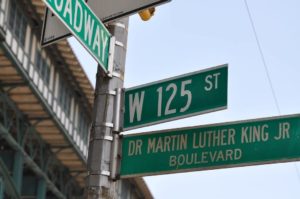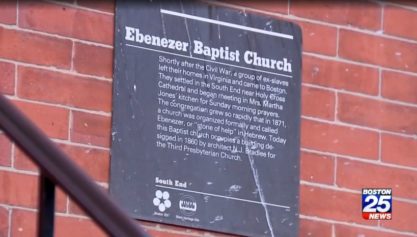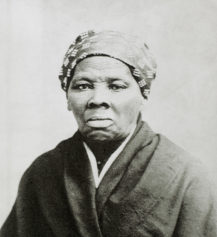
Harlem is the latest area of NYC to be overrun by white people seeking to take over the historic district and rename it. (Source: Max Pixel)
Are Black people losing Harlem to gentrification? And what is SoHa? Gentrifiers want to rename Harlem between 110th and 125th Streets SoHa for Southern Harlem. We have been here before. Welcome to the world of gentrification. This latest move has local residents furious, amid this latest attempt to rob Black people of their culture and their community.
Some realtors and store owners are making the move and attempting to rebrand the neighborhood, as NY1 reported. This is an effort by some interests to make the area appear trendy in an effort to appeal to outsiders. The name evokes images of other trendy Manhattan communities such as SoHo, Tribeca, NoMad and Nolita. However, the rebranding effort has Harlemites concerned that this initiative will only whitewash this capital of Black America and erase the history of this unique and historic part of New York City in the process.
Community and political leaders are speaking out.
“How dare someone try to rob our culture, and try to act as if we were not here, and create a new name, a new reality as if the clock started when other people showed up?” said State Senator-Elect Brian Benjamin at a recent news conference, according to NY1.
“No real estate company, no coffee shop, no business should be using the term SoHa to refer to Harlem,” added Danni Tyson, a Community Board 10 member and real estate broker. Tyson noted that Harlem already has a wonderful brand name that is known all over the world.
Rev. James Booker Jr., of St. John AME Church on W. 131st Street said that rebranding Harlem to increase profits for the New York real estate board would greatly diminish the economic strength of New York City. “Folks wanna change the name so they can move a lot of us who look like us out,” Rev. Booker told the New York Daily News.
One spoken word poet, Jaylene Clark, captured the sentiments of the community regarding gentrification with her poem “SpaHa” (short for Spanish Harlem) a few years ago:
Other folks have taken to social media to express their outrage and indignation, and express concerns over what is in store for Harlem and what needs to be done in response:
Ya’ll want to live in Harlem but don’t want to accept it’s cultural history and name then stay the F out of Harlem. #SOHA #NOtoSOHA #FOH
— Jem (@JemClassic) May 27, 2017
#SoHa? No it’s called #Harlem, an area with a rich history and a vibrant community. Don’t whitewash history.
— Tony H (@tonyhemp) May 26, 2017
Just hope the #SoHa controversy leads to a real conversation about tenants rights, property ownership, and equitable community development.
— Hayling (@BrotherHayling) June 1, 2017
Go ahead, tell me you live in #SOHA so I can punch your #gentrification dumbass until you start bleeding kale #NYC
— Zo (@zo_718) May 29, 2017
Home to such iconic institutions as the Schomburg Center and the Apollo Theater, Harlem has served as a cultural, political and economic center for Black America over the years and has cultivated generations of Black leadership. Now, Harlem, not unlike so many other cities across the nation, faces gentrification as indigenous Black residents are pushed out of communities they can no longer afford, becoming strangers in their own neighborhoods. From Atlanta, Austin and Baltimore to Charleston, Miami, New Orleans and San Francisco, gentrification is impacting people everywhere. This, as low-income people are evicted in order to make way for high-tech startups, hipsters and the well-to-do, those who have no stake in these spaces they invade and claim as their own and no appreciation for the people they displace.
This most recent controversy in Harlem comes as the New York borough of Brooklyn emerges as the most expensive place to live — in the country. Last year, Bloomberg reported that Brooklyn outpaced even Manhattan and San Francisco in its cost of living. The median sales price for housing is $615,000, and it takes 98 percent of Brooklyn residents’ median income to afford a monthly payment on a place to live. Investors dominate the market in Brooklyn, where 70 percent of people rent and rental prices are increasing.
In the Bed-Stuy section of Brooklyn, where gentrification has taken hold, the famed two-story mural of the late rapper Biggie Smalls has been threatened with destruction. As Vibe reported, a landlord — who claimed he received complaints from tenants who claimed the mural received too much attention from tourists— planned to remove the mural from the side of a building to add more windows and raise the rent. The creators of the mural reached an agreement with the landlord and the mural will remain for now.
But this is not over, as so many of our cultural institutions, our living spaces and our communities are whitewashed, rebranded and renamed, and the people threatened with removal, all for the sake of profits for others. Where does it leave us if we cannot even name our own home, much less live in it?


